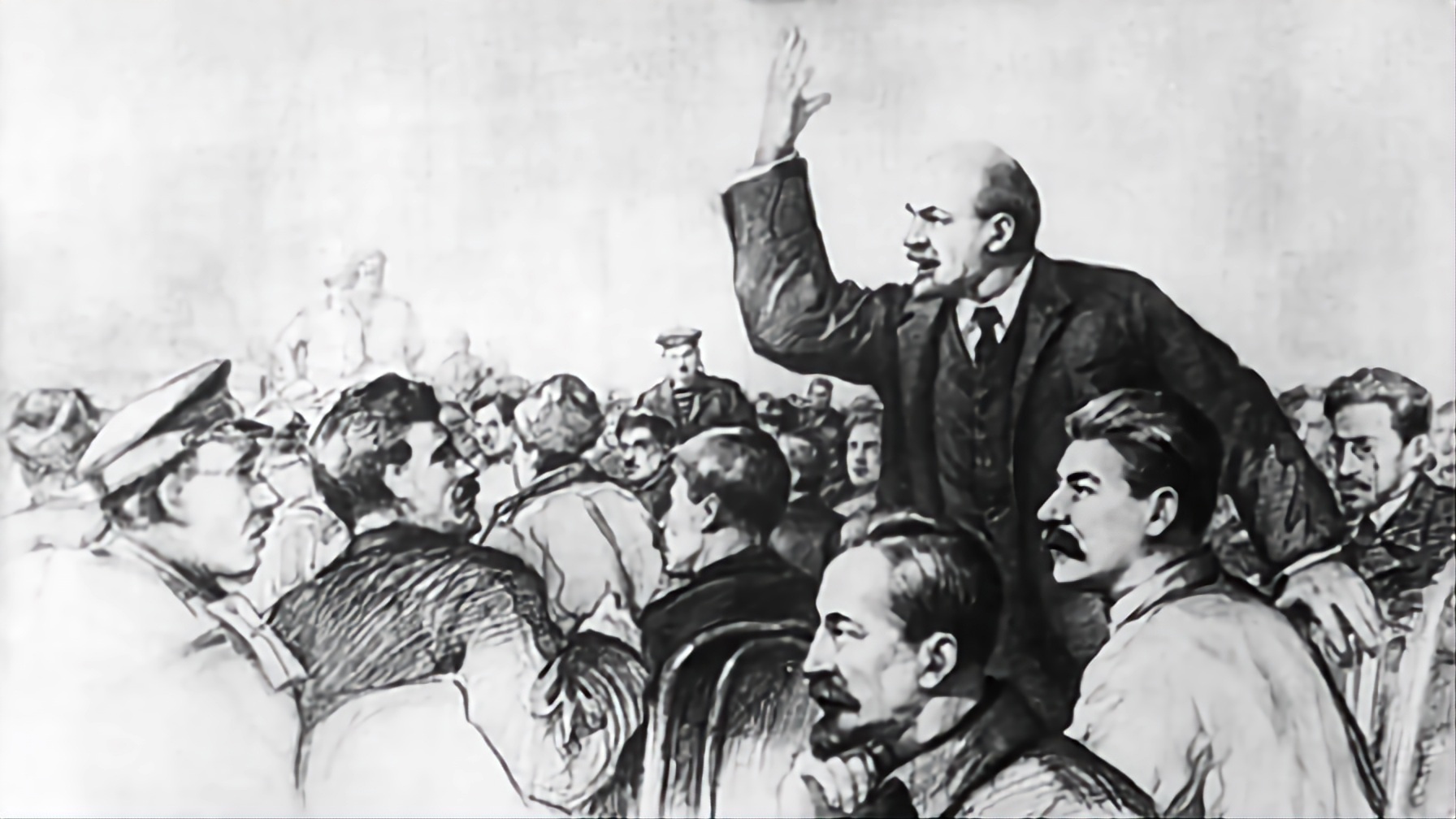https://nitter.net/codepink/status/1709591940675637312#m
https://www.codepink.org/arrested_11_activists_arrested_at_bernie_sanders_sit_in_for_peace
Solidarity to CodePink getting the message for diplomacy instead of endless money/arms heaping in the war as always. Can’t habeeb Bernie went from resisting with his full body weight between two cops in his youth, to dolling out zip-ties like friendship bracelets. 


extended quote with link to original source material
from Concerning the International Situation (1924) by J.V. Stalin